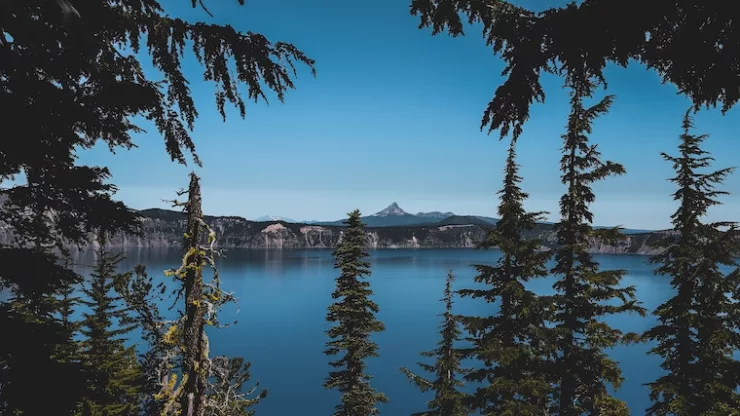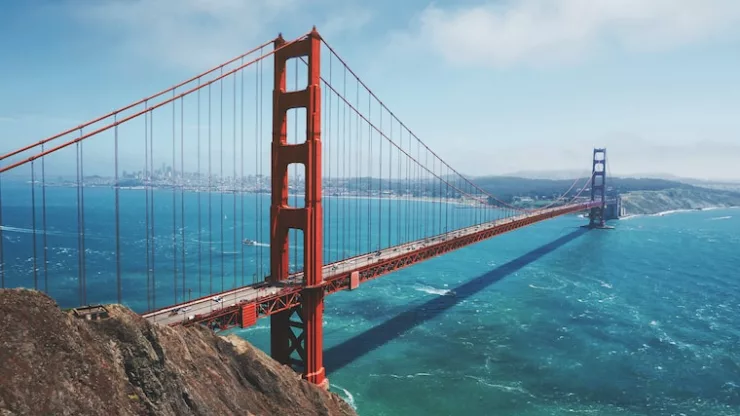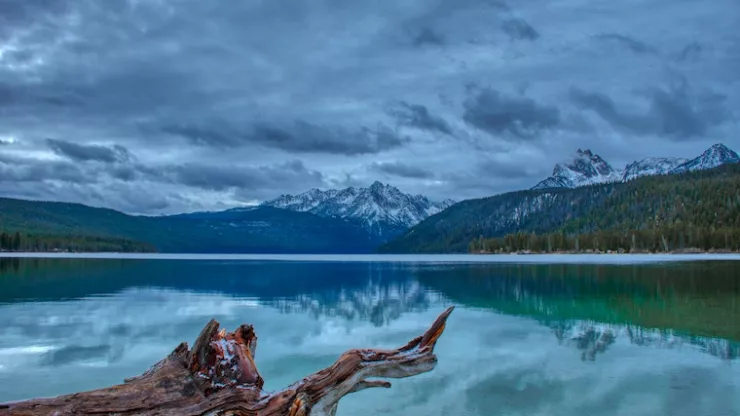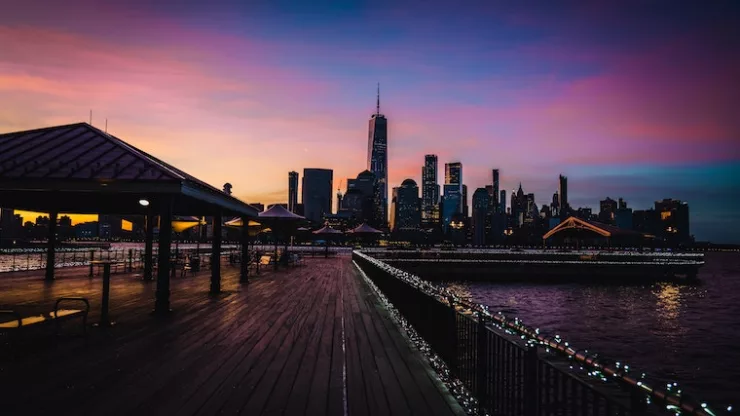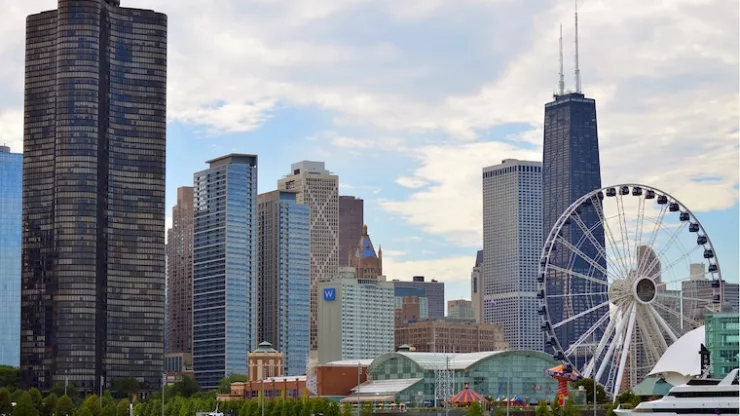Quick Facts
- Capital: Salem
- Population: 4.3 million (2021)
- Nickname: Beaver State
- Statehood: 1859
- Highest Point: Mount Hood
Oregon, the Beaver State, is known for its stunning coastline, lush forests, and diverse landscapes.
However, there’s more to this Pacific Northwest gem than meets the eye.
Join us as we explore 27 intriguing facts about Oregon that you might not know.
27 Intriguing Facts About Oregon
- Crater Lake, situated in southern Oregon, is the deepest lake in the United States, plunging to a depth of 1,949 feet (594 meters).
- The Oregon Trail was a 2,170-mile-long (3,490 km) historic east-west wagon route that connected the Missouri River to Oregon’s Willamette Valley. It played a significant role in the westward expansion of the United States during the mid-1800s.
- Oregon is home to the world’s smallest park, Mill Ends Park in Portland, which measures a mere 2 feet (0.61 meters) in diameter.
- The Tillamook Cheese Factory in Tillamook, Oregon, is the largest cheese factory in the world, producing over 170,000 pounds (77,000 kg) of cheese per day.
- Oregon was the first state to decriminalize marijuana for personal use in 1973, and it was also the first state to legalize physician-assisted suicide in 1997.
- Haystack Rock, a 235-foot (72 meters) sea stack off the coast of Cannon Beach, Oregon, is the third-tallest such formation in the world.
- The Nike corporation was founded in Oregon by Bill Bowerman and Phil Knight in 1964. Its headquarters are still located in the state, in Beaverton.
- Oregon is the only state to have an official state nut: the hazelnut, also known as the filbert.
- The state’s largest city, Portland, is known for its eco-friendliness, earning it the nickname “City of Roses” due to its numerous rose gardens.
- Oregon’s Willamette Valley is famous for its wine production, particularly its acclaimed Pinot Noir.
- The Oregon Vortex is a popular roadside attraction in Gold Hill, Oregon, known for its optical illusions and seemingly unexplainable phenomena.
- The state is home to the deepest river gorge in North America, Hells Canyon, which reaches a depth of 7,993 feet (2,436 meters).
- Oregon has the only volcanic monument in the United States, Newberry National Volcanic Monument, which encompasses an area of 54,822 acres (22,200 hectares).
- The Oregon Shakespeare Festival, founded in 1935, is among the oldest and largest professional non-profit theaters in the United States.
- The world’s largest organism, a honey mushroom fungus, is located in Oregon’s Blue Mountains. It covers an area of 2,385 acres (965 hectares) and is estimated to be over 2,400 years old.
- The Columbia River Gorge is a stunning 80-mile (130 km) long canyon that forms the boundary between Oregon and Washington, offering breathtaking views and numerous waterfalls, including the 620-foot (189-meter) high Multnomah Falls.
- Oregon is one of only two states in the US where motorists are not allowed to pump their own gas (the other being New Jersey).
- The Powell’s City of Books in Portland is the largest independent bookstore in the world, housing over one million books in its multiple buildings.
- Oregon has more ghost towns than any other state in the US, with over 60 documented abandoned towns.
- The Oregon Caves National Monument and Preserve is home to one of the few marble caves in the United States, featuring a range of unique geological formations.
- Oregon has the highest number of breweries per capita in the United States, with Portland alone boasting over 70.
- The D River in Lincoln City, Oregon, is considered one of the world’s shortest rivers, with a length of just 440 feet (134 meters) during high tide.
- Oregon is home to the largest juniper forest in the United States, with trees estimated to be over 1,600 years old.
- Oregon has more than 360 miles of public coastline, featuring stunning beaches, rocky cliffs, and scenic viewpoints.
- The Oregon Museum of Science and Industry (OMSI) is one of the nation’s top science centers, offering hands-on exhibits, a planetarium, and a submarine to explore.
- Mount Hood, Oregon’s highest peak, is a potentially active volcano that last erupted in 1866.
- The Painted Hills in eastern Oregon are a stunning geological formation known for their vibrant, colorful layers of soil that change hues depending on the light and moisture levels.
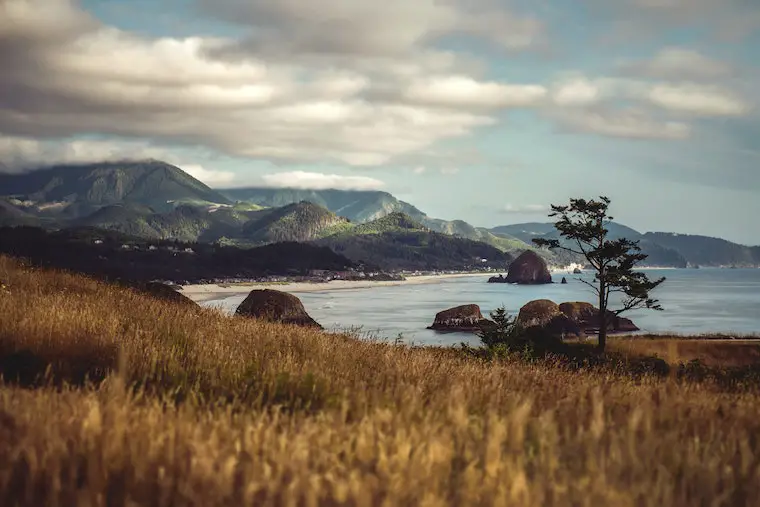
Conclusion
Oregon, the Beaver State, offers an impressive array of natural wonders, rich history, and cultural experiences.
From the depths of Crater Lake to the towering heights of Mount Hood, and from the bustling city of Portland to the serene beauty of the Painted Hills, Oregon’s diverse landscapes and attractions make it a captivating destination for both visitors and residents alike.
The 27 intriguing facts presented in this article only scratch the surface of what makes Oregon a truly unique and fascinating state.
Frequently Asked Questions
What is Oregon famous for?
Oregon is famous for its diverse landscapes, including the Pacific coastline, Crater Lake, Mount Hood, and the Columbia River Gorge.
It’s also known for its eco-friendly culture, thriving craft beer scene, and the Oregon Trail.
Why is Oregon called the Beaver State?
Oregon is called the Beaver State because of the significant role that beavers played in the state’s history, both as a valuable resource for fur trading and as environmental contributors to the landscape by creating dams and wetlands.
Is Oregon a good place to live?
Oregon offers a high quality of life, with its beautiful natural surroundings, eco-friendly culture, and outdoor recreational opportunities.
However, some people may find the cost of living and the rainy climate to be drawbacks.
What is the climate like in Oregon?
The climate in Oregon varies greatly depending on the region.
The western part of the state experiences a mild, maritime climate with cool, wet winters and warm, dry summers.
Eastern Oregon has a more arid, continental climate with colder winters and hotter summers.
What are the main industries in Oregon?
The main industries in Oregon include advanced manufacturing, high technology, agriculture, forestry, and tourism. Oregon is also home to major corporations like Nike and Intel.
What outdoor activities are popular in Oregon?
Oregon offers a wide range of outdoor activities, including hiking, mountain biking, skiing, snowboarding, rafting, kayaking, fishing, and surfing.
With its varied landscapes, from the coastline to the mountains and forests, Oregon provides numerous opportunities for outdoor enthusiasts.
What are some must-see attractions in Oregon?
Some must-see attractions in Oregon include Crater Lake National Park, Mount Hood, the Columbia River Gorge, Multnomah Falls, the Oregon Coast, the Painted Hills, Powell’s City of Books, and the Oregon Shakespeare Festival.
Are there any unique foods in Oregon?
Oregon is known for its fresh, farm-to-table cuisine and its thriving food and drink scene.
Some popular local foods include marionberries, hazelnuts, Tillamook cheese, Dungeness crab, and craft beer from the state’s numerous breweries.
How do I get around Oregon?
Oregon’s major cities, like Portland, have public transportation systems, including buses and light rail.
However, to fully explore the state’s diverse landscapes and attractions, it’s recommended to rent a car or travel by recreational vehicle (RV).
What is the best time of year to visit Oregon?
The best time of year to visit Oregon depends on your interests and the activities you’d like to enjoy.
Spring and fall offer mild temperatures and fewer crowds, while summer provides the warmest weather for outdoor activities.
Winter can be an ideal time to visit for skiing and snowboarding on Mount Hood.
With its intriguing history, diverse landscapes, and abundant outdoor recreational opportunities, Oregon is a state that continues to captivate and inspire.
Whether you’re a first-time visitor or a lifelong resident, there’s always something new to discover in the Beaver State.

I am a fun fact enthusiast and creator of Facts On Tap.
I love to share my knowledge and curiosity with readers and inspire them to learn something new every day.
When I’m not writing, I enjoy traveling, reading, and playing trivia games with my friends.
